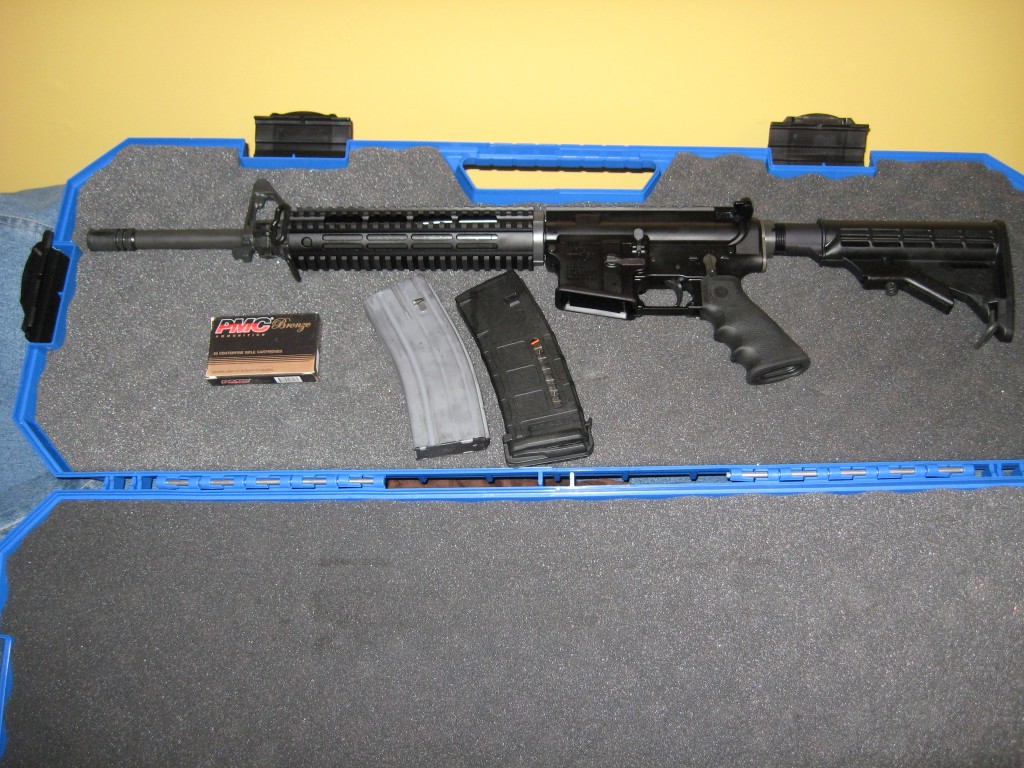From the NYT:
In three combat tours in Anbar Province, Marine Sgt. Jacob Tambunga fought the deadliest insurgents in Iraq.
But he says he never encountered an enemy as tenacious as what he saw immediately after arriving at this outpost in Helmand Province in Afghanistan. In his first days here in late June, he fought through three ambushes, each lasting as long as the most sustained fight he saw in Anbar.
Like other Anbar veterans here, Sergeant Tambunga was surprised to discover guerrillas who, if not as lethal, were bolder than those he fought in Iraq.
“They are two totally different worlds,” said Sergeant Tambunga, a squad leader in Company C, First Battalion, Fifth Marines.
“In Iraq, they’d hit you and run,” he said. “But these guys stick around and maneuver on you.”
They also have a keen sense of when to fight and when the odds against them are too great. Three weeks ago, the American military mounted a 4,000-man Marine offensive in Helmand — the largest since President Obama’s troop increase — and so far in many places, American commanders say, they have encountered less resistance than expected.
Yet it is also clear to many Marines and villagers here that Taliban fighters made a calculated decision: to retreat and regroup to fight where and when they choose. And in the view of troops here who fought intensely in the weeks before the offensive began, fierce battles probably lie ahead if they are to clear the Taliban from sanctuaries so far untouched.
“It was straight luck that we didn’t have a lot more guys hit,” said Sgt. Brandon Tritle, another squad leader in Company C, who cited the Taliban’s skill at laying down a base of fire to mount an attack.
“One force will put enough fire down so you have to keep your heads down, then another force will maneuver around to your side to try to kill you,” he said. “That’s the same thing we do.”
For now, the strategy of the Taliban who used to dominate this village, 15 miles south of the provincial capital of Lashkar Gah, is to watch and wait just outside, villagers and Marines here say.
“They all escaped,” said Sardar Gul, a shopkeeper at the Nawa bazaar. Mr. Gul and others who reopened stores after the Marines arrived estimate that 300 to 600 Taliban fled to Marjah, 15 miles to the west and not under American control, joining perhaps more than 1,000 fighters.
Marine commanders acknowledge that they could have focused more on cutting off escape routes early in the operation, an issue that often dogged offensives against insurgents in Iraq.
“I wish we had trapped a few more folks,” the commander of First Battalion, Fifth Marines, Lt. Col. William F. McCollough, told the top American commander in Afghanistan, Gen. Stanley A. McChrystal, who visited Nawa. “I expected there to be more fighting.”
So Marines are bracing for a fight against guerrillas who, they discovered in June, are surprisingly proficient at tactics the Marines themselves learned in infantry school.
“They’d flank us, and we’d flank them, just like a chess match,” said Sgt. Jason Lynd, another squad leader in Company C.
Analysis & Commentary
So why weren’t we better prepared for Taliban tactics? I have detailed at least half a dozen instances of massing of troops against smaller-sized U.S. units, while their hit and run, guerrilla-style warfare is well known. It is a smart enemy that counts the cost of whatever tactic they employ at the time. But the real context for the question of preparedness goes deeper.
About five months ago, this generation’s Ernie Pyle, Michael Yon, posted a very important PowerPoint presentation is a post entitled The Eagle Went Over the Mountain. This post got plenty of readership, as it was linked by Glenn Reynolds at Instapundit. Glenn titled his link IED attacks in Afghanistan, and the initial parts of the PowerPoint presentation were indeed about IEDs. But the balance of the presentation was so much more than that, and upon reading it I exchanged e-mail with Michael about it.
We agreed that this presentation might very well be the most significant and important tactical advice coming out of Afghanistan in the past two or three years – lives would be saved if this advice got into the hands of NCOs and officers preparing troops for the field. Michael didn’t feel that I was stepping on his work at all. As quickly as possible, I copied down the presentation and created my own post, Marines, Taliban and Tactics, Techniques and Procedures (and Jules Crittenden linked my post).
I summarized some of the findings of the report: the Taliban had fire control, were able to develop interlocking fields of fire, were experienced in the use of combined arms, fire and maneuver warfare, and many other important observations. The penultimate point of the presentation is stunning.
Iraq has allowed us to become tactically sloppy as the majority of fighters there are unorganized and poorly trained. This is not the case in Afghanistan. The enemy combatants here will exploit any mistake made by coalition forces with catastrophic results. Complacency and laziness will result in mass causalities.
Concluding, the report advises the Marines to remember the tactics, techniques and procedures taught in School of Infantry. This report serves as a primer for preparation for kinetic engagements in Afghanistan.
There are a number of Milblogs, but not too many well-visited Milblogs. This is a small community. Within a couple of days of release of this report, the author of the report contacted me and gave me a veritable ass whipping for release of the report. You see, the report is FOUO – “for official use only.” I also took it on the chin in blog comments over release of this report. But the context of this fight is interesting, as I compared my release of a report on enemy tactics to the release of a new Army field manual describing in detail U.S. satellite patrols in urban terrain (a tactic that I understood but discussed only in the broadest of terms given the sensitivity of the subject – that is, up until the description of it in an Army Field Manual). I described enemy tactics, Leavenworth described U.S. tactics in a field manual on a federal web site.
Furthermore, my release of the PowerPoint presentation coincided with Michael Yon’s release and Glenn Reynold’s link of it, providing more site visits that Michael or I could ever hope to bring alone (with Michael’s web authority justifiably far outweighing my own).
So I, Michael Yon, Glenn Reynolds and Jules Crittenden are all in it together when the feds come for us. Or maybe this perspective is all wrong. After all, Taliban fighters already know how to maneuver to develop enfilade fire. No Taliban is going to sit in Southern Helmand (let’s say, Garmsir where there is no electricity), and read my web site to find out how to fight the U.S. Marines. But what discussion of this presentation can do is assist military planners and trainers to do their jobs.
Do we really need to perform this function? Well, why are the Marines currently in Southern Helmand surprised at the tactical ability of the Taliban fighters? Apparently the U.S. military across the board is not very good at sharing lessons learned. Maybe it has to do with something called FOUO. As it turns out, it would have been better had this presentation gotten an even wider distribution than it did. The right people still didn’t see it.





